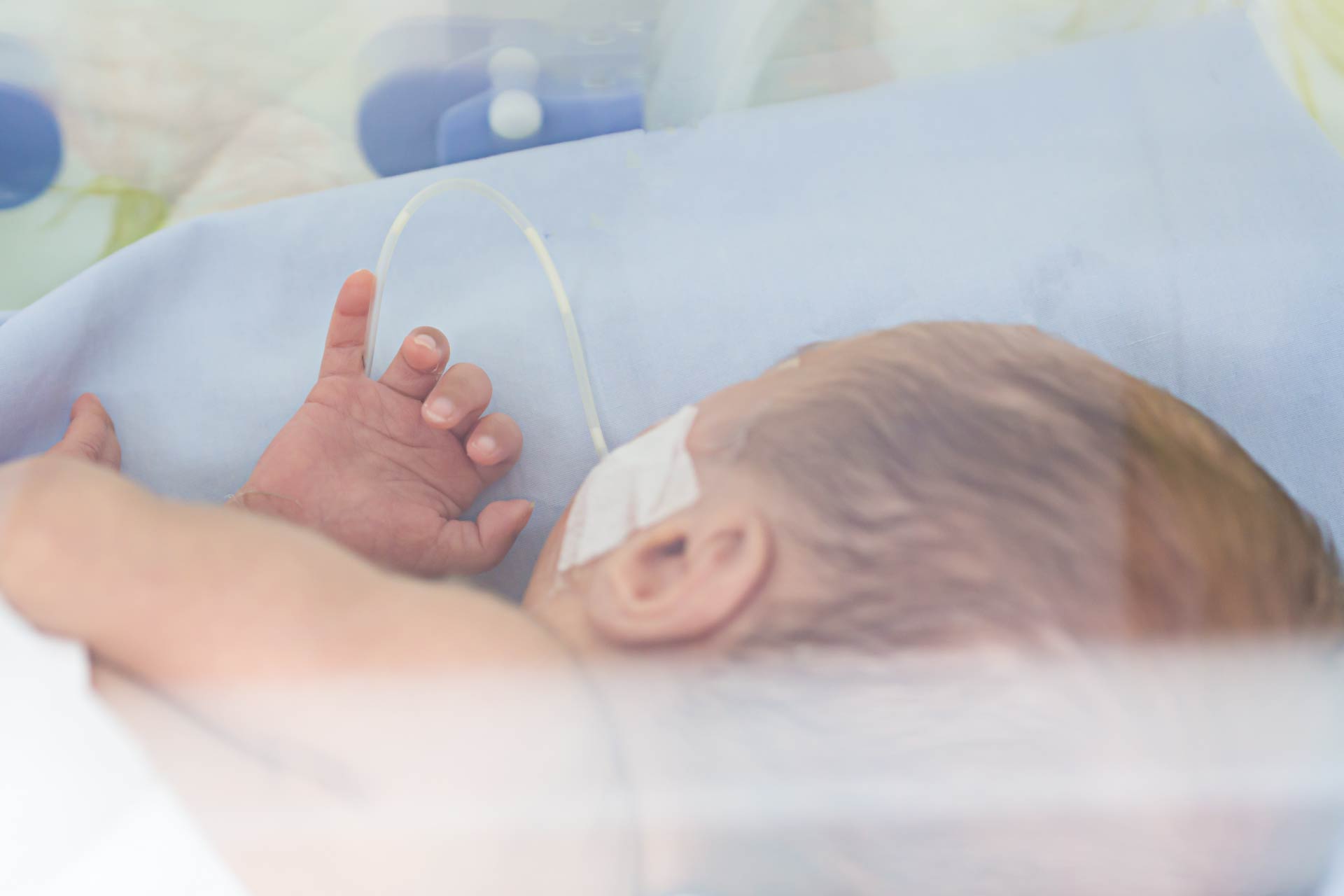• Microbial profiles
• Harmful metabolites
What is already known on this topic
Necrotizing enterocolitis is a life-threatening gut disease that occurs mainly in premature babies. Previous studies have suggested that the gut microbiota plays a role in the disease, but no single microbial feature has been identified as a biomarker that could lead to early detection of necrotizing enterocolitis.What this research adds
By analyzing more than 1,000 stool samples from premature babies, researchers have found that the growth rate of gut bacteria, especially Enterobacteriaceae, was higher two to three days before the infants were diagnosed with necrotizing enterocolitis. In the samples from preemies with necrotizing enterocolitis, the team also found increased levels of Klebsiella bacteria and microbes that express genes related to the production of toxins such as bacteriocin.Conclusion
The results reveal a series of microbial features that could be used as biomarkers for early detection of necrotizing enterocolitis as well as targets for microbiota-based treatment of the disease.
Gut bacteria could be responsible for a life-threatening disease called necrotizing enterocolitis, which occurs mainly in premature babies. The findings, published in Science Advances, reveal a series of microbial features that could be used as biomarkers for early detection of the disease.
As of today, the causes of necrotizing enterocolitis are unknown, but previous studies have suggested that the gut microbiota plays a key role. However, no single microbial feature that could contribute to the development of necrotizing enterocolitis has been identified.
To look for biomarkers of necrotizing enterocolitis, Matthew Olm at the University of California, Berkeley, and his colleagues analyzed 1,163 stool samples from 34 premature babies who developed the disease and 126 preemies who didn’t.
Microbial profiles
The gut microbiota of all infants was dominated by Proteobacteria, regardless of whether the children developed necrotizing enterocolitis. Premature babies had increased levels of Enterobacteriaceae compared to full-term infants.
However, preemies with necrotizing enterocolitis had lower abundances of Firmicutes and higher abundances of Enterobacteriaceae compared to premature infants who didn’t develop the disease. What’s more, Klebsiella pneumoniae was enriched in the gut microbiota of infants diagnosed with necrotizing enterocolitis.
Harmful metabolites
The researchers found that bacterial growth was stable four or more days before kids were diagnosed with necrotizing enterocolitis. But in the three days preceding diagnosis, the growth rate of gut bacteria—especially Enterobacteriaceae—increased, and then plummeted after the diagnosis, likely as a result of antibiotic treatment.
In the samples from preemies with necrotizing enterocolitis, the team also found gut microbes that express genes related to the production of toxins such as bacteriocin and of molecules that allow bacterial cells to communicate with each other. This type of bacterial communication is often used by pathogens during disease and infection processes.
Finally, the researchers discovered that the DNA of bacteria associated with necrotizing enterocolitis encodes specific types of appendages on the microbes’ surface. These appendages are known to stimulate immune receptors that are overexpressed in premature infants and have been linked to necrotizing enterocolitis in animal studies.
The microbial signatures identified in the study could be used to inspire microbiota-based treatments of necrotizing enterocolitis, the researchers say.











